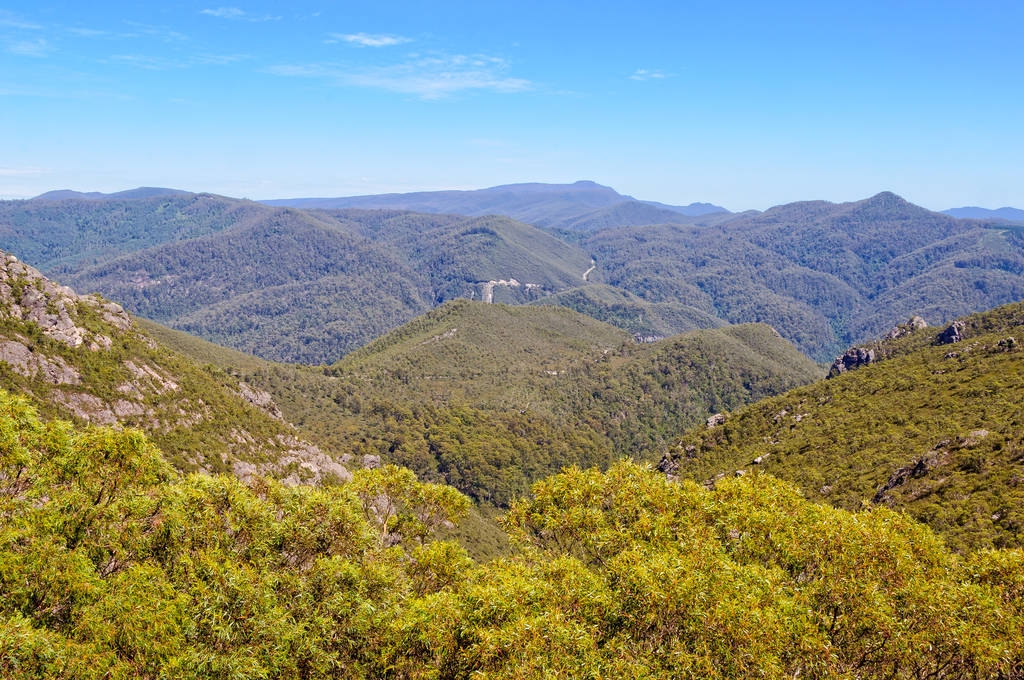Welcome to the Tasmanian Wilderness World Heritage Area, a pristine and awe-inspiring natural wonderland located in the rugged and remote landscapes of Tasmania, Australia. Join me on a journey through this iconic wilderness region, where ancient forests, towering mountains, crystal-clear rivers, and abundant wildlife converge to create a sanctuary of unparalleled beauty and biodiversity.
Preserving a Natural Treasure of Global Significance
Encompassing over 1.5 million hectares of wilderness, the Tasmanian Wilderness World Heritage Area is recognized as one of the last remaining true wilderness areas on Earth. Designated as a UNESCO World Heritage Site in 1982 and expanded in 1989 and 2010, this unique and ecologically significant region encompasses a diverse range of ecosystems, including ancient temperate rainforests, alpine meadows, pristine rivers, and rugged coastal landscapes.
A Haven for Endemic Wildlife and Plant Species
Within the Tasmanian Wilderness World Heritage Area, visitors can discover a rich tapestry of endemic wildlife and plant species that have evolved in isolation over millions of years. Encounter iconic Tasmanian creatures such as the elusive Tasmanian devil, the endangered spotted-tail quoll, the echidna, and a myriad of bird species, including the majestic wedge-tailed eagle and the playful platypus. Be mesmerized by the ancient Huon pines, the towering eucalypt forests, and the delicate alpine flora that thrive in this unspoiled wilderness sanctuary.
Immersing Yourself in Nature’s Grandeur and Solitude
More:Read about on Discover The Majestic Beauty of Tasmania’s Cradle Mountain
Whether you are a seasoned outdoor enthusiast, a nature lover, or a curious traveler seeking refuge from the hustle and bustle of modern life, the Tasmanian Wilderness World Heritage Area offers a wide range of activities and experiences to immerse yourself in the tranquility and grandeur of nature. Embark on multi-day treks along the Overland Track, summit the majestic peaks of Cradle Mountain or Mount Ossa, cruise along the Gordon River, or simply revel in the serenity of remote wilderness campsites under a blanket of stars.
Preserving Cultural Heritage and Indigenous Connections
Beyond its natural beauty and biodiversity, the Tasmanian Wilderness World Heritage Area holds deep cultural and spiritual significance for Tasmania’s Aboriginal communities, whose ancestors have lived in harmony with this land for thousands of years. Engage with the rich cultural heritage of the Tasmanian Aboriginal people through guided tours, interpretive displays, and storytelling sessions that celebrate their deep connection to the land, sea, and sky.
Capturing Moments of Wonder and Reflection
Whether you venture into the heart of the Tasmanian Wilderness World Heritage Area or admire its splendor from afar, take a moment to pause, reflect, and appreciate the natural wonders that surround you. Capture stunning landscapes, unique wildlife encounters, and intimate moments of solitude through photography, painting, or journaling, and carry with you the memories and lessons learned from this sacred place of beauty, resilience, and inspiration.
In conclusion, the Tasmanian Wilderness World Heritage Area stands as a testament to the enduring power and beauty of nature, reminding us of our shared responsibility to protect and preserve the planet’s precious ecosystems for future generations. Whether you visit for a day, a week, or a lifetime, may the spirit of the Tasmanian wilderness inspire you to cherish and respect the natural world, cultivate a deeper connection with the land and its inhabitants, and advocate for the conservation and protection of our planet’s most precious treasures.
More: Wanted to download Odisha Magazines, visit here
Exploring the Majestic Tasmanian Wilderness World Heritage Area
What makes the Tasmanian Wilderness World Heritage Area unique?
It showcases rugged landscapes, ancient forests, and diverse ecosystems, making it a haven for nature lovers.
Are there guided tours available in the area?
Yes, numerous tour operators offer guided hikes, cruises, and wildlife spotting tours.
What activities can visitors enjoy in the wilderness area?
Hiking, camping, wildlife watching, kayaking, and photography are popular activities.
Are there any restrictions on visiting certain parts of the World Heritage Area?
Some areas may have restricted access to protect fragile ecosystems and sensitive habitats.
How should visitors prepare for hiking in the wilderness area?
Ensure you have proper gear, including sturdy hiking boots, water, food, navigation tools, and layers of clothing.
Is it possible to spot unique wildlife in the Tasmanian Wilderness?
Yes, visitors may see Tasmanian devils, wallabies, wombats, and a variety of bird species.
What are the best times of year to visit the World Heritage Area?
The summer months (December to February) offer pleasant weather, but spring and autumn are also great for exploring.
Are there accommodations available within the wilderness area?
While camping is a popular option, there are also lodges, cabins, and eco-friendly accommodations nearby.
How can visitors contribute to conservation efforts in the Tasmanian Wilderness?
Respect wildlife and habitats, follow designated trails, pack out trash, and support local conservation initiatives.
What should visitors do in case of an emergency while exploring the wilderness area?
Stay calm, notify someone of your location and situation if possible, and follow emergency protocols or contact local authorities for assistance.

